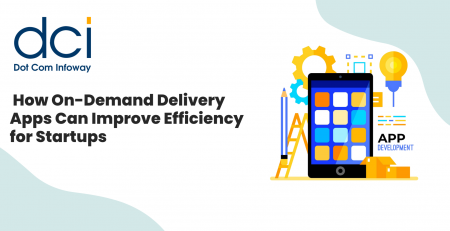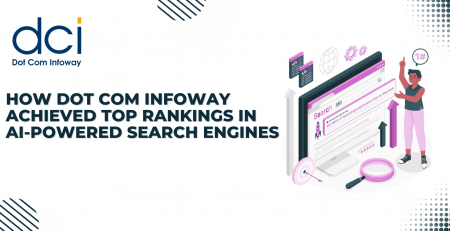SQL Server 2008: IT to Business – Part 2
This is a continuation of our previous blog post, SQL Server 2008: IT to Business – Part 1. In Part 2, let us discuss the new features such as Dynamic Development and Pervasive Insight in SQL Server 2008.
Dynamic Development: Dynamic Development includes the following new features in SQL Server 2008:
New Language-Integrated Query (LINQ) extension to .NET framework – We can use same development syntax for accessing data stored in either SQL Server or XML by using LINQ rather T-SQL in our application languages.
New data types and data storage capabilities beyond the traditional relational data – Earlier in SQL 2005 user defined data types are restricted to the size of 8000 bytes but in SQL Server 2008, there is no such limitation imposed upon. Two new data types such Date and Time are introduced that stores date alone and time alone respectively. SQL functions such as triggers, backup restore, full text search can be applied to binary data types also. Full text search could include thesaurus files that is stored in the form of meta data. We can store new spatial data such as information about a particular geographical area, longitude, latitude, and global positioning system (GPS) related information that conforms to the standard of Open Geospatial Consortium.
Entity data services – Using SQL Server 2008 along with ADO.NET, we can create entity objects that corresponds to real world business objects such as Employee, Account, etc, and the methods of those business objects can be used for returning the entities rather than as rows and tables. Entity data services are well supported by way of Line-of-Business (LOB) framework and the Entity framework query language (eSQL) available in ADO.NET framework.
Data synchronization –This is the most remarkable feature available in SQL Server 2008 that cooperatively works with Visual Studio and ADO.NET. Frequently disconnected applications can be easily synchronized with a central database. Though this feature is made available in SQL Server 2005, SQL Server 2008 provides a more optimized approach for this scenario.
Pervasive Insight:
The main goals of SQL Server 2008’s Pervasive Insight:
1.To integrate data at the enterprise level
2.To have the ability to reach all users
3.Each user to be provided with actionable insights of the database.
In SQL Server 2008, database changes can be tracked and captured via a component called Changed Data Capture and consumers can easily be made aware of the changes and use T-SQL or other data access methods to get the changed data.
Merge statement is one of the new statements introduced in SQL Server 2008 in which developers and a database administrator can write single statement that can do insert, update, or delete operations on the tables by using some conditional matching. Internally, the SQL Server 2008 process has a separate insert, update, or delete statements. All one has to provide is source and target tables or query which should be merged together.
The above features are the enhancements available in T-SQL and on the business front, the major improvement is done on reporting services in SQL Server 2008 compared to SQL Server 2005.
Rendering of the report and memory management has been greatly improved on reporting services of SQL Server 2008. SQL Server 2008 Reporting Services allows us to render our reports in various formats such as TIFF, PNG, PDF, CSV, or even plain HTML.
The reports can be hosted without IIS.
On the visualization capabilities, chart controls and gauges are newly introduced for enhanced graphical appeal of the report and soon, we can expect calenders and maps that can be placed in the report using SQL Server 2008 Reporting Services (SSRS). With SSRS, we can now set our data sources from SharePoint lists and PowerPivot models. SQL Azure is also well supported by SSRS. We can provide role-based security access to our reports, folders, and resources. We can even embed our reports generated via SSRS into our ASP.NET projects using report controls or publish them into Microsoft Office SharePoint report library.
SQL Server 2008 reporting service provides a complete solution to cater the various reporting needs of an organization at an enterprise level. On the whole, SQL Server 2008 serves us from the development stage and continues its services on the business platform, up to the enterprise level.















